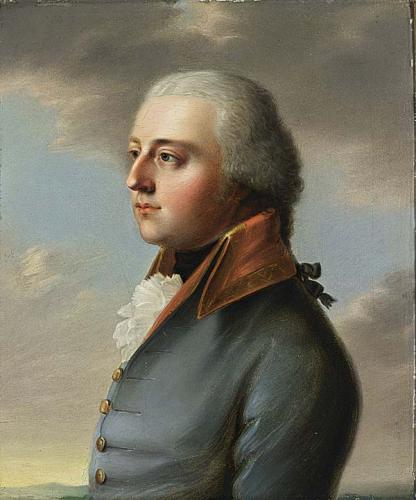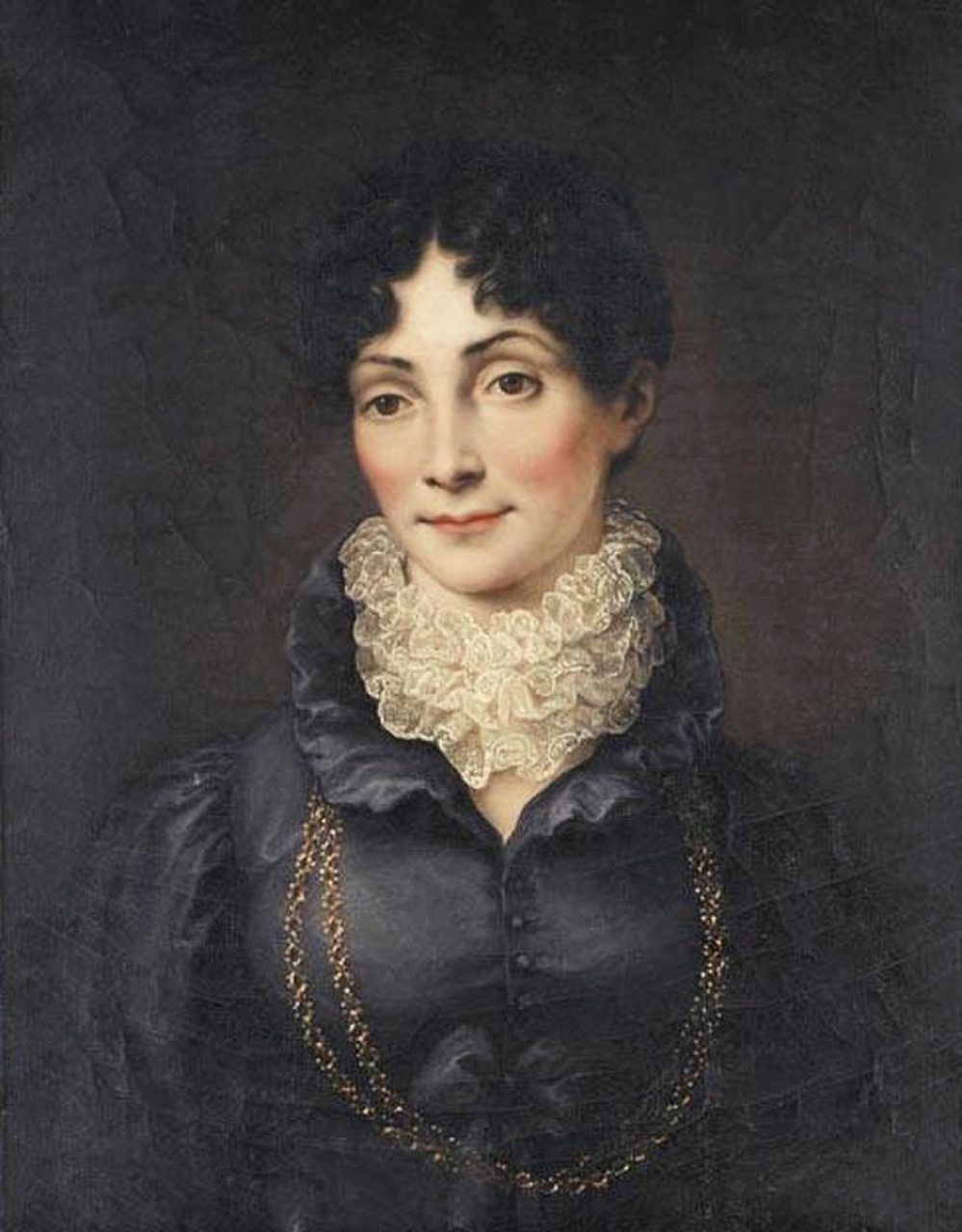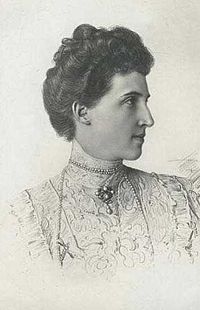by Scott Mehl © Unofficial Royalty 2018

Amelia of Württemberg, Duchess of Saxe-Altenburg source: Wikipedia
Duchess Amalie Therese Luise Wilhelmine Philippine of Württemberg was the wife of Joseph, Duke of Saxe-Altenburg. Born in Wallisfurth, Kingdom of Prussia (now Wolany, Poland) on June 28, 1799, she was the daughter of Duke Ludwig of Württemberg and Princess Henriette of Nassau-Weilburg.
Amalie had four siblings:
- Duchess Maria Dorothea (1797-1855) – married Archduke Josef, Palatine of Hungary, had issue
- Duchess Pauline (1800-1873) – married Wilhelm I, King of Württemberg, had issue
- Duchess Elisabeth (1802-1864) – married Prince Wilhelm of Baden, had issue
- Duke Alexander (1804-1885) – married Countess Claudine Rhédey von Kis-Rhéde, had issue, the Teck family descends from this morganatic marriage
Amalie also had one half-brother from her father’s first marriage to Princess Maria Czartoryska:
- Duke Adam – (1792-1847) – unmarried

Joseph, Duke of Saxe-Altenburg. source: Wikipedia
On April 24, 1817, Amalie married Hereditary Prince Joseph of Saxe-Hildburghausen. He was the son of Friedrich, Duke of Saxe-Hildburghausen (later Duke of Saxe-Altenburg) and Duchess Charlotte George of Mecklenburg-Strelitz. The couple married in Kirchheim unter Teck in Württemberg, and had six daughters:
- Princess Marie (1818-1907) – married King George V of Hanover, had issue
- Princess Pauline (1819-1825) – died in childhood
- Princess Therese (1823-1915) – unmarried
- Princess Elisabeth (1826-1896) – married Peter II, Grand Duke of Oldenburg, had issue
- Princess Alexandra (1830-1911) – married Grand Duke Konstantin Nikolaevich of Russia, had issue
- Princess Luise (1832-1833) – died in infancy
After her marriage, she became involved with charitable causes in her new home. In 1819, she founded the Industrial School for orphaned children in Hildburghausen and founded a Woman’s Association the following year. After her father-in-law became Duke of Saxe-Altenburg in 1826, the family moved to Schloss Altenburg, and she continued with her philanthropic work, establishing several schools and institutions in Altenburg.

Amalie with her husband and surviving daughters, painted c1847, by Joseph Karl Stieler, source: Wikipedia
Despite her efforts, Amalie was never very popular with the people of Saxe-Altenburg, who found her very haughty and proud. This contributed to the growing discontent of the working class people, leading up to the Revolution in 1848 which would bring about her husband’s abdication.

The ruins of the Ducal Mausoleum in Altenburg Cemetery. photo: geo.viaregia.org
Duchess Amalie of Saxe-Altenburg died on November 28, 1848, in Altenburg, Duchy of Saxe-Altenburg, now in Thuringia, Germany. Two days after her death, her husband was forced to abdicate the throne of the Duchy of Saxe-Altenburg and was succeeded by his younger brother Georg. Amalie was buried in the Ducal Mausoleum in the Altenburg Cemetery. In 1974, the remains of those buried in the Mausoleum were removed and reburied on the grounds of the cemetery.
This article is the intellectual property of Unofficial Royalty and is NOT TO BE COPIED, EDITED, OR POSTED IN ANY FORM ON ANOTHER WEBSITE under any circumstances. It is permissible to use a link that directs to Unofficial Royalty.
Saxe-Altenburg Resources at Unofficial Royalty

















